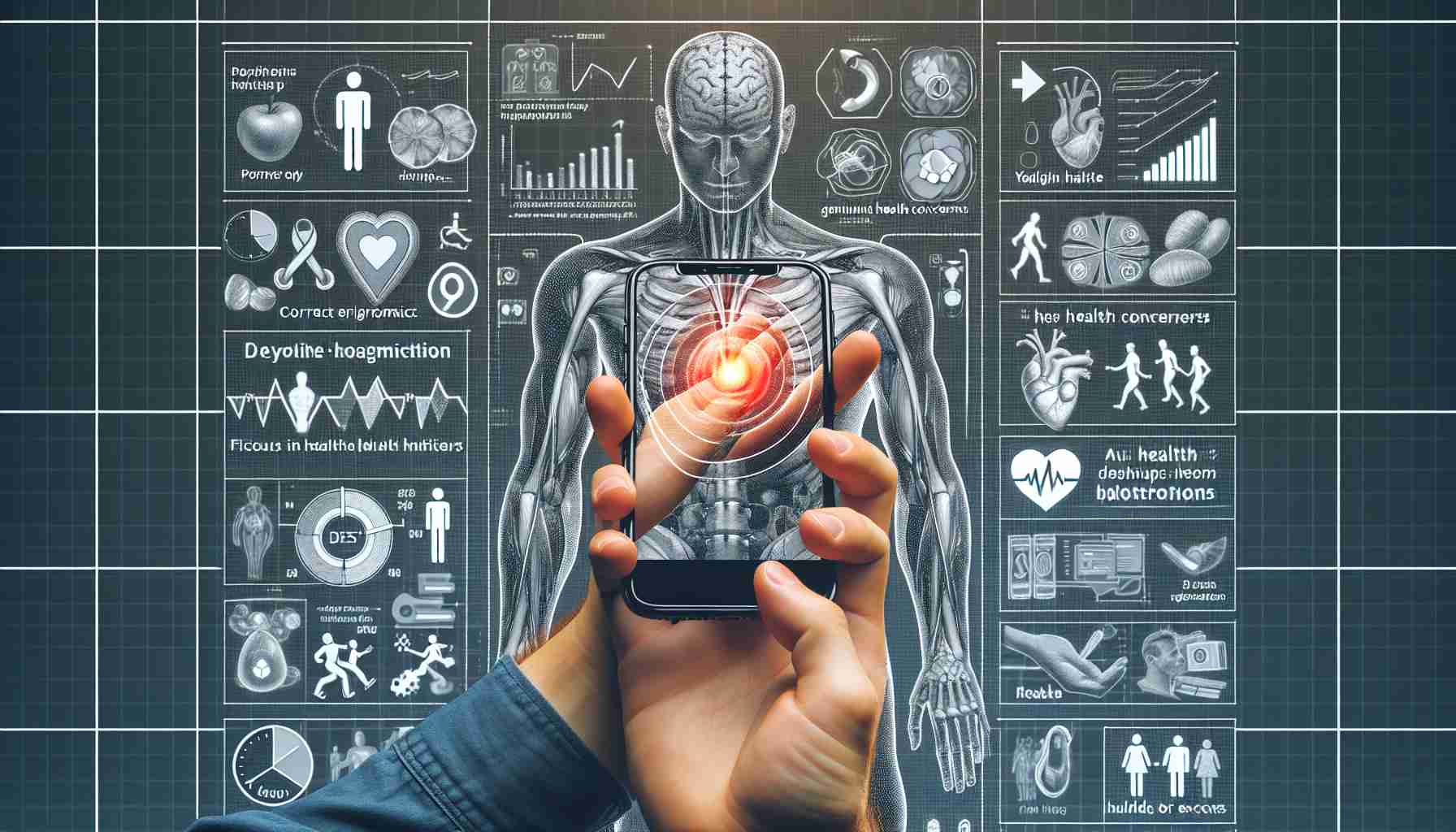Smartphones and Finger Formation: Separating Fact from Fiction
With the prevalence of smartphones in daily life, a baseless belief coined as the “iPhone finger” has made its rounds online—the suggestion that holding a smartphone could permanently reshape one’s pinky. Experts in the medical field have clarified that this phenomenon is not evidence-based nor a medically recognized condition.
Actual Health Issues from Smartphone Usage
Despite the myth of the “iPhone finger,” significant health concerns do arise from excessive smartphone use. Conditions like ‘smartphone elbow’ and ‘texting thumb’, which lead to discomfort or nerve damage, are valid problems for many users.
Smartphone Ergonomics and Healthful Practices
Ergonomic specialists offer valuable advice for interactive smartphone use, promoting proper handling and breaks to avoid repetitive strain injuries such as carpal tunnel syndrome. Their guidance is instrumental in safeguarding hand and wrist health amidst continuous digital consumption.
Hand and Mental Wellness in a Connected World
Alongside physical issues, constant smartphone access can affect mental health, possibly leading to stress and sleep disruption. Mindfulness about our digital habits, supported by digital wellbeing techniques, is crucial for maintaining psychological balance.
Consulting Reliable Sources for Smartphone Use
To make informed decisions about smartphone participation, accessing verified information is vital. Reputable authorities, such as the World Health Organization and the American Academy of Orthopaedic Surgeons, provide researched guidance to foster safer usage.
Ergonomic Solutions to Smart Device Discomfort
Addressing tangible concerns related to smartphone use, such as repetitive strain injuries, involves practices considering ergonomic principles, regular breaks, stretching, physical therapy, and using ergonomic devices. These measures can prevent or mitigate issues like ‘text neck’.
The Cognitive Load of Digital Consumption
Finally, navigating the digital landscape calls for critical thinking in assessing health information’s credibility. Trusted sources are indispensable for users to discern accurate guidelines amid a deluge of online data. As smartphones serve many functions in our lives, balancing their benefits with potential health risks is essential.
**Smartphones and Finger Formation: Separating Fact from Fiction**
There are many myths surrounding technology usage and its effects on our bodies. One such myth is the “iPhone finger,” suggesting that the way we hold our smartphones could cause a permanent change in the shape of our fingers, particularly the pinky. However, experts from medical and ergonomic fields have dispelled this myth, stating that there is no substantial evidence or medical diagnosis to support the claim of permanent finger deformation due to holding a smartphone.
**Actual Health Issues from Smartphone Usage**
What is accurate is that excessive use of smartphones can lead to several health issues. Conditions such as ‘smartphone elbow’ and ‘texting thumb’ are genuine concerns. These issues mainly arise due to the repetitive movements and unnatural postures we adopt while using these devices. These repetitive strain injuries (RSIs) can indeed cause discomfort or even long-term nerve damage if not addressed.
**Smartphone Ergonomics and Healthful Practices**
Ergonomic experts emphasize the importance of how we interact with our smartphones. Using proper grips and taking regular breaks can significantly reduce the risk of developing RSIs like carpal tunnel syndrome. Following ergonomic guidelines can help maintain hand and wrist health, which is particularly important as digital device usage continues to grow.
**Hand and Mental Wellness in a Connected World**
Physical ailments aside, there is also growing concern regarding the impact of smartphone usage on mental health. Issues such as stress and sleep disruption have been associated with the overuse of smartphones and the constant connectivity they provide. Strategies for digital wellbeing are key to ensuring a healthy balance between connectedness and mental peace.
**Consulting Reliable Sources for Smartphone Use**
With an abundance of information available about the effects of smartphone usage, it’s important to consult reputable sources. Organizations like the World Health Organization and the American Academy of Orthopaedic Surgeons can provide evidence-based advice and guidelines on safe smartphone use.
**Ergonomic Solutions to Smart Device Discomfort**
When tackling health issues from smartphone use, adopting ergonomic practices is essential. Regular breaks, stretches, physical therapy, and the use of ergonomic devices can alleviate or prevent discomfort from conditions such as ‘text neck,’ which results from looking down at devices for prolonged periods.
**The Cognitive Load of Digital Consumption**
Assessing the credibility of health information in the digital age is challenging due to the volume of content we consume. Trusted and verified sources are crucial for users to find accurate health guidelines. While smartphones are an integral part of modern life, understanding and mitigating their potential health risks are essential to enjoying their benefits without compromising our well-being.
Most Important Questions and Answers
Q: Can using a smartphone change the shape of your fingers?
A: No, there is no scientific evidence to support the idea that holding a smartphone can permanently change the shape of your fingers, including the pinky.
Q: What are some actual health concerns related to smartphone use?
A: Some valid health concerns include repetitive strain injuries such as smartphone elbow, texting thumb, and carpal tunnel syndrome, as well as potential impacts on mental health.
Key challenges associated with smartphone-induced health risks include raising public awareness about the importance of ergonomic practices and encouraging individuals to adopt healthier digital habits.
Controversies
Controversies mainly revolve around differing opinions on the extent to which technology usage impacts our health and how to balance technology use with health considerations effectively.
Advantages and Disadvantages
Advantages:
– Smartphones provide convenience, connectivity, and access to a wealth of information.
– When used mindfully, they can enhance productivity and learning.
Disadvantages:
– Overuse can lead to physical issues like RSIs and negative mental health outcomes.
– Sorting through the vast amount of available online information to find reliable advice can be overwhelming.
Employing ergonomic principles and practices can help prevent physical health concerns, while fostering a healthy relationship with technology can safeguard mental well-being.
